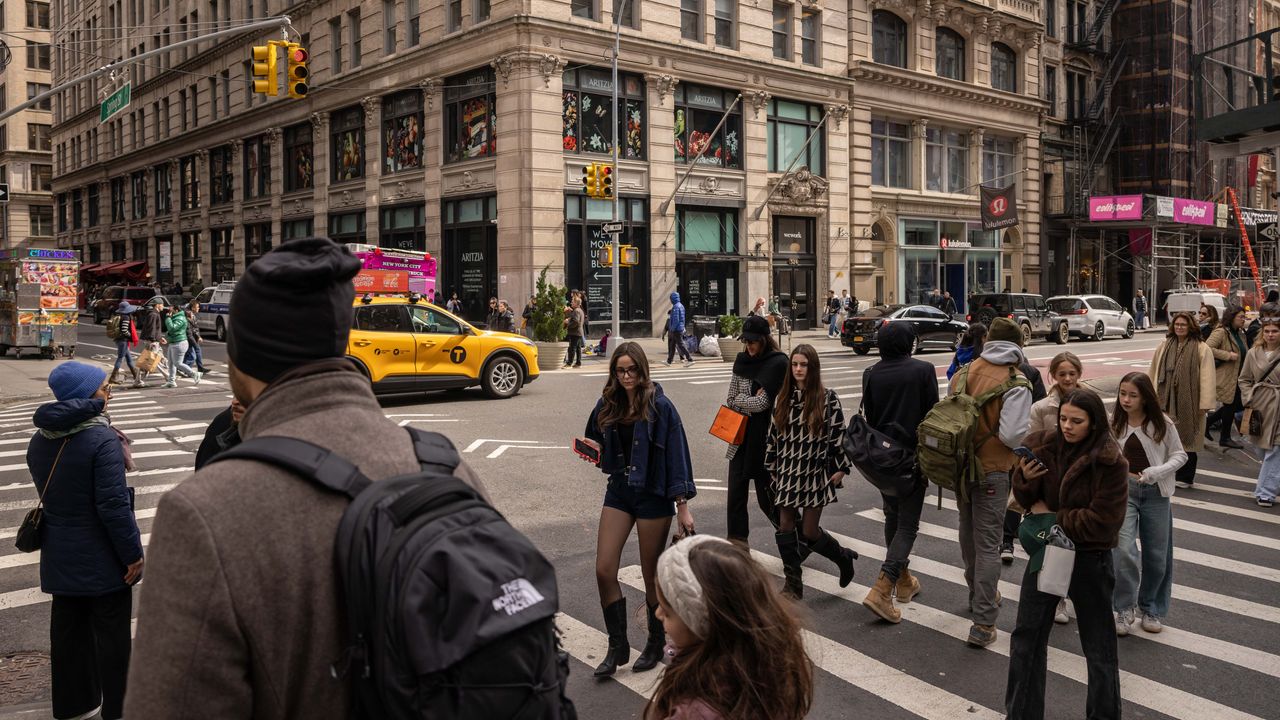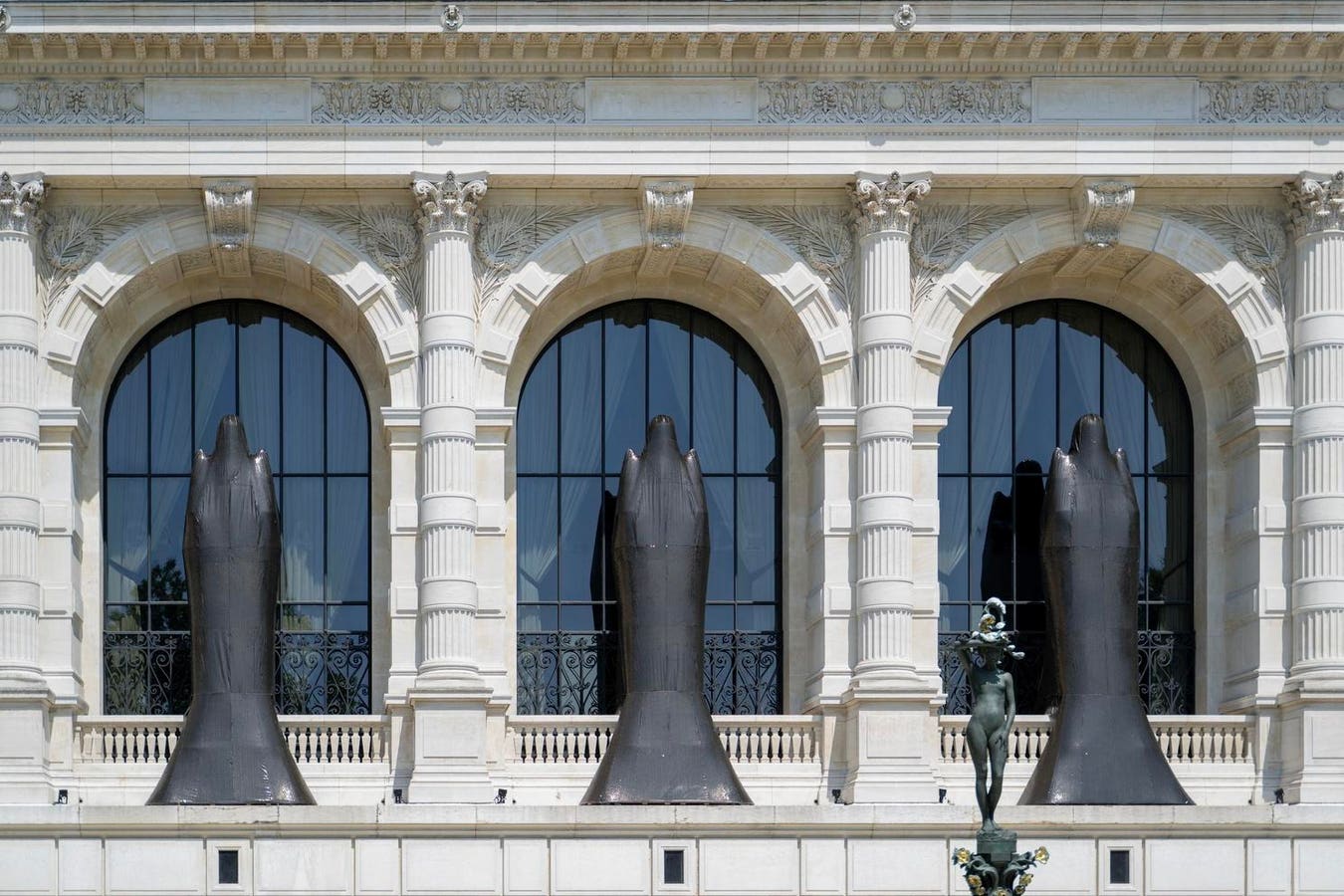Fashion stocks rallied on Wednesday afternoon after President Donald Trump announced a 90-day pause on most reciprocal tariffs, with one notable exception: China, which was hit with a tariff increase to 125 per cent, from 104 per cent.
The markets have been waiting with baited breath for a sign that Trump was willing to negotiate. LVMH, Kering, Richemont, Prada Group, Hermès, Tapestry, Capri, Ralph Lauren, Nike, VF Corp, Gap Inc, Abercrombie & Fitch and URBN all saw share prices spike as much as 30 per cent directly after Trump’s update, following days in the red. The S&P 500 climbed 7 per cent. The Dow shot up 2,400 points, its biggest gain in five years, after falling by 800 points earlier in the day. The Nasdaq gained back 10 per cent.
Trump’s on-again, off-again approach to tariffs has thrown global industries into chaos, leaving executives scrambling to make plans around production, pricing, distribution and inventory in an environment where the only certainty is that nothing is certain. Key manufacturing countries like Bangladesh, Vietnam and Cambodia were among the hardest hit by initial tariffs, forcing executives to figure out how they were going to absorb the costs, renegotiate supplier payments and raise prices without alienating consumers.
The tariffs aren’t totally in the rearview, even for now: Trump said that all countries included in the latest round of reciprocal tariffs except China would be reduced to 10 per cent. That 10 per cent tax seemed to also apply to Canada and Mexico, which were left out of the last round of tariffs, adding to the current 25 per cent tariffs on most goods from both countries, the New York Times reported. The 90-day extension also means that higher rates could resume for trade partners by early July.
China’s tariff increase is in response to the additional 50 per cent tariff Beijing levied against the US on Wednesday, bringing tariffs on goods from the US imported to China up to 84 per cent. The European Union also passed retaliatory tariffs of 20 per cent on the US on Wednesday, though it wasn’t punished by Trump for doing so, it seemed – just China.
Analysts agree that this uncertainty, chaos and looming deadline disrupts planning and can hurt consumer confidence, and that the ordeal was likely not over. “This uncertainty has a ripple effect that extends beyond the tariffs themselves,” says Claudia D’Arpizio, senior partner and global head of fashion and luxury at Bain & Company. “We were already seeing signs of a slight detachment from customers last year.”
Comments, questions or feedback? Email us at feedback@voguebusiness.com.
The immediate impact of Trump’s tariffs on fashion
How will people shop if everything is about to get more expensive?
Fashion’s biggest markets fight back against US in trade war


